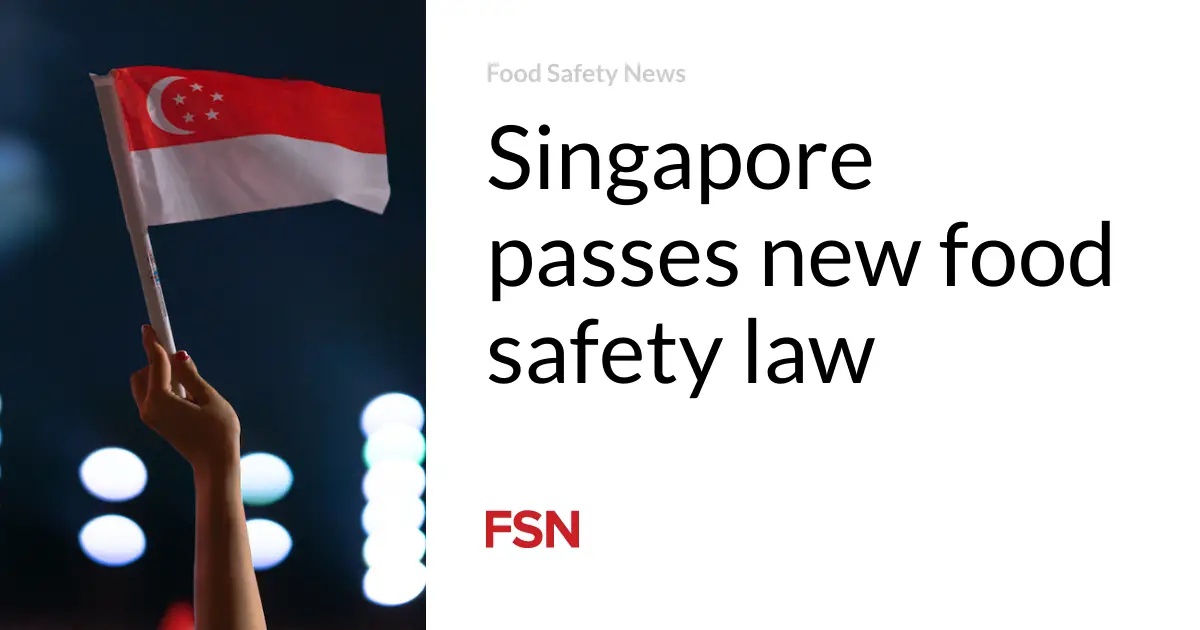
Dear Editor,
The Food and Drug Administration (FDA) was founded due to the need to use scientific principles to ensure the production of safe food. This was presented in excellent fashion in the book “The Poison Squad” by Deborah Blum. The FDA has continued to utilize science and logic in the development of food safety legislation. This has resulted in several regulations geared to specific product categories such as low-acid-shelf-stable foods (21 CFR Part 113), seafood (21 CFR Part 123) and juice (21 CFR Part 120). The Food Safety Modernization Act (FSMA) resulted in rules that cover all FDA regulated products. Under this rule (21 CFR Part 117 – Current Good Manufacturing Practice, Hazard Analysis, and Risk-Based Preventive Controls for Human Food) a food processor must develop preventive controls, with a few exemptions for hazards covered by some existing rules, for all known or reasonably likely occur hazards.
Another rule, developed in the late 1970’s, is the acidified foods rule (21 CFR Part 114). This rule was developed at the behest of Pickle Packers International to control the potential that a manufacturer may not add enough acid up front in a pickling process that the resultant pH, after the pH equilibrium time, is greater than the designated microbiological food safety limit of 4.6.
FSMA exempted microbial hazard control from its regulations for products produced under 21 CFR Parts 113, 123, and 120. Not so for products produced under the acidified foods rule (Part 114). The potential microbial hazard for acidified pickled products covered under Part 114 is also covered by the preventive controls for human foods (PCHF) under Part 117. Therefore Part 114, the acidified foods rule, is a redundant rule.
The FDA has been developing guidance for the implementation of the PCHF rule, “Hazard Analysis and Risk-Based Preventive Controls for Human Food: Guidance for Industry”. A draft guidance of “Chapter 16: Acidified Foods” has recently been added to this document. This chapter of the guidance is intended to help a food processor meld together the requirements for 21CFR Part 114 Acidified Foods with the PCHF rule. One thing that is abundantly clear from this draft guidance is that the potential microbial hazard that is covered under the acidified foods rule, is more than adequately controlled by the PCHF rule alone.
Chapter 16 of the PCHF draft guidance contains 33 pages of comparisons between Part 114 and Part 117 along with nuanced suggestions on how to meld the rules together. This is much more complex than it needs to be. The logical solution would be to rescind Part 114 as a rule and let the microbiological hazard for acidified pickled foods be handled just under the PCHF rule instead of under two rules. This would simplify the development of the food safety plan (FSP), that is required under the PCHF rule, and allow for concentrating on true food safety concerns and not on the semantics of the differences in the 2 rules.
In the write up in the Federal Register about the acidified foods rule and in the rule itself, acidification is a pickling process (FR 44 No 53 16205). The agency distinguished between acidification pickling and fermentation pickling due to the fact that no food safety incidents had been noted from fermented pickled products (FR 44 No 53 16204). Therefore the rule only applies to acidified pickled products. The Acidified Foods rule defines acidified foods as foods that “may be called, or may purport to be, “pickles” or “pickled ______.”.” and every example of a product issue that was used to justify the rule, was an acidified pickled product. All the examples in the definition of an acidified food in the rule, are pickled products. The determination of whether a product is acid or acidified should then be based on whether the product is a pickle or pickled and therefore fits the definition of an acidified food.
Another, more compelling, reason for eliminating Part 114 is the fact that Part 114 is not being enforced in a manner that is consistent with the principles of FSMA generated rules. FSMA promotes the use of a scientific risk analysis to develop preventive controls used to make safe food. The current criteria used by the FDA to determine if a product is acid or acidified strays far from this concept. The decision criteria are not based on the acidified foods definition nor do they relate to the risk for which Part 114 was developed. This creates a whole new category of foods that do not fit any definition of an acidified food contained in the Federal Register or in any other literature. Many of these foods that get designated as acidified foods are acid foods that were never intended to be governed by the acidified foods regulation.
Further, the limits the FDA is using for the current acid versus acidified foods decision criteria are completely arbitrary. At a recent food safety related conference, an FDA presenter was asked how a limit for one of the acid versus acidified decision criteria was arrived at. The regulator’s answer was, “We had to draw a line in the sand somewhere.” This is an acknowledgement by the agency that the limits to the acid versus acidified differentiation criteria are completely arbitrary and have no bearing on the safety of the food. This type of decision criteria strays far from the FSMA food safety principles and far from the principles of any other food safety scheme.
Acid and acidified foods have an excellent safety record. The amount effort to meld Part 117 and Part 114 together is completely unjustified since having Part 114 does not provide any increase in food safety versus regulating these products only under Part 117. The draft guidance goes a long way in showing that the critical food safety aspects of acidified foods are quite well handled by the PCHF rules alone.
The acid versus acidified determination criteria used by the agency are unscientific, not food safety related and arbitrary and therefore diametrically opposed to FSMA principles. Getting rid of Part 114 would go a long way in helping the FDA in promulgating FSMA principles and helping the agency achieve its blueprint for the future goals. Having duplicate regulations only adds confusion in developing robust food safety systems. Eliminating Part 114 would aid in getting rid of unnecessary duplicate regulatory oversight thereby helping industry in developing better food safety programs and practices and thus better protect public health.
Author: David Bresnahan, president of Bresnahan Thermal Processing Consultancy Inc. Kenmore, WA







